Year 2 Bulletin
Peek into a Maths Lesson

Year 2 Bulletin
Peek into a Maths Lesson
Learning Intention:
To create a simple pattern and describe it.
Learning experience overview:
We have continued to explore the creation of different patterns, which can be produced by manipulating concrete materials and presenting them in various forms. We then drew the object pattern onto a strip of paper.
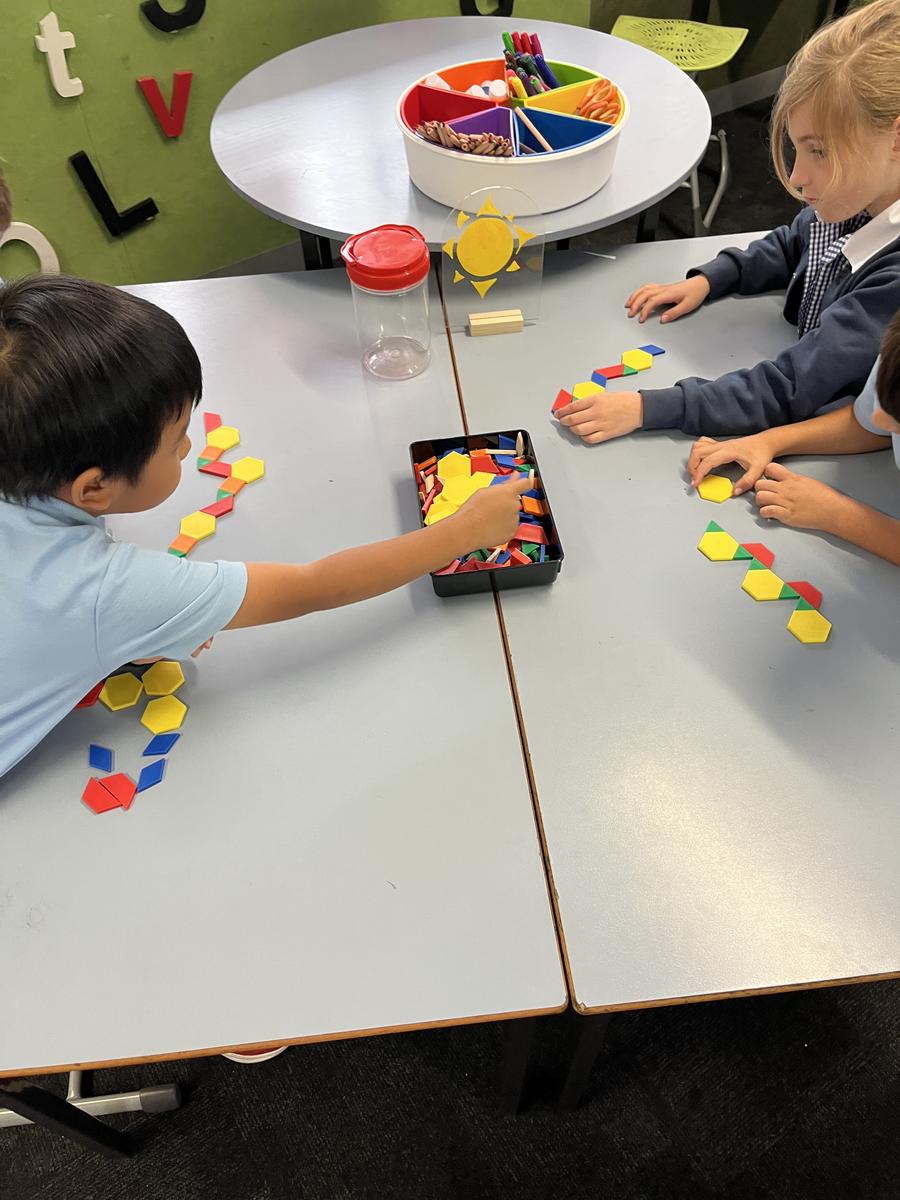
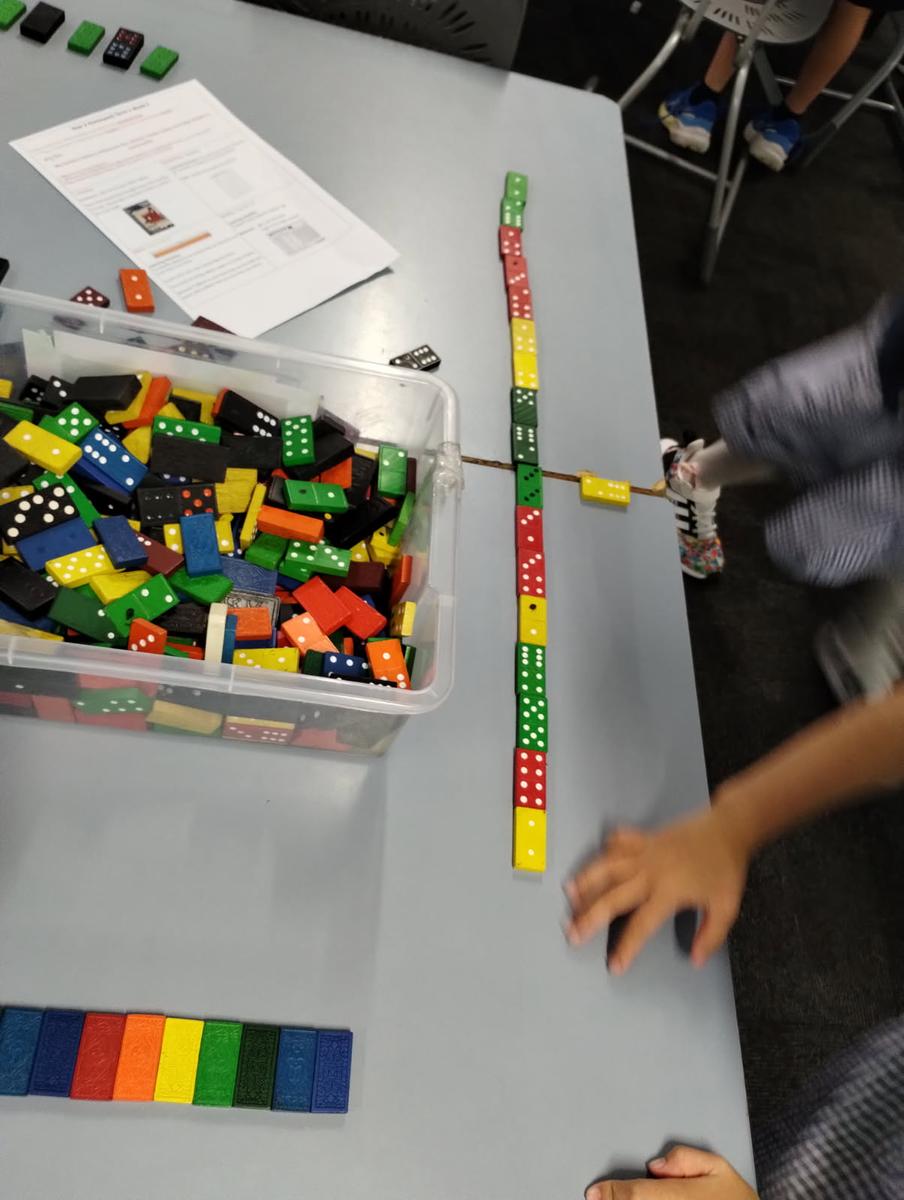
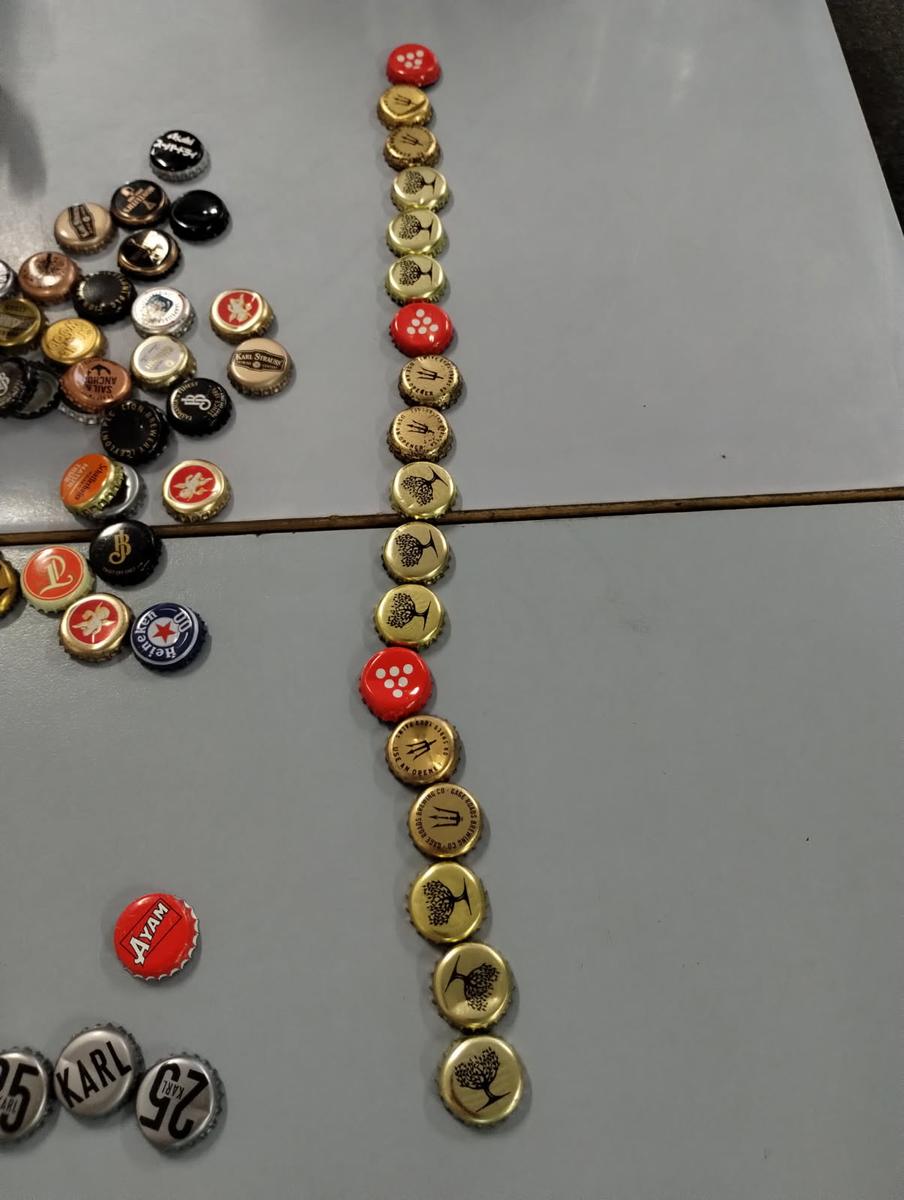
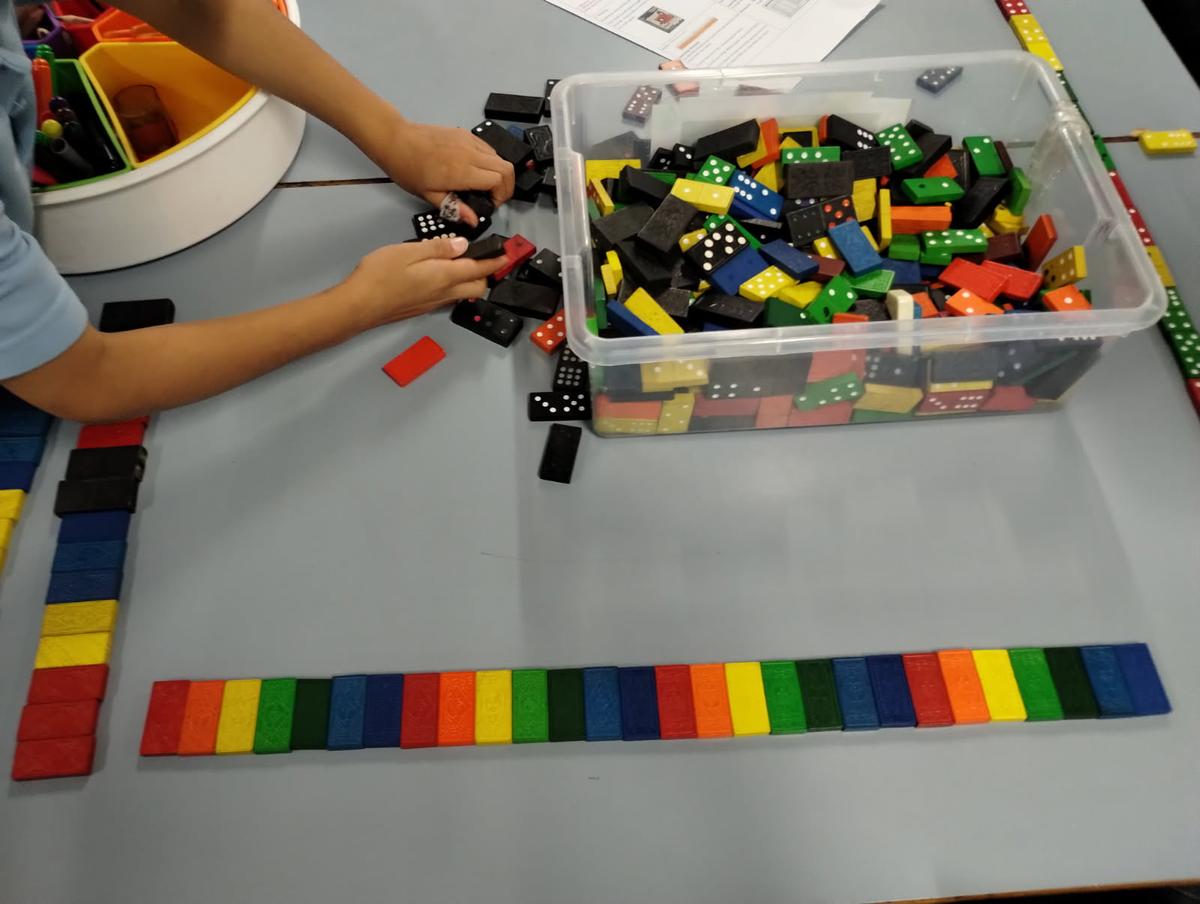
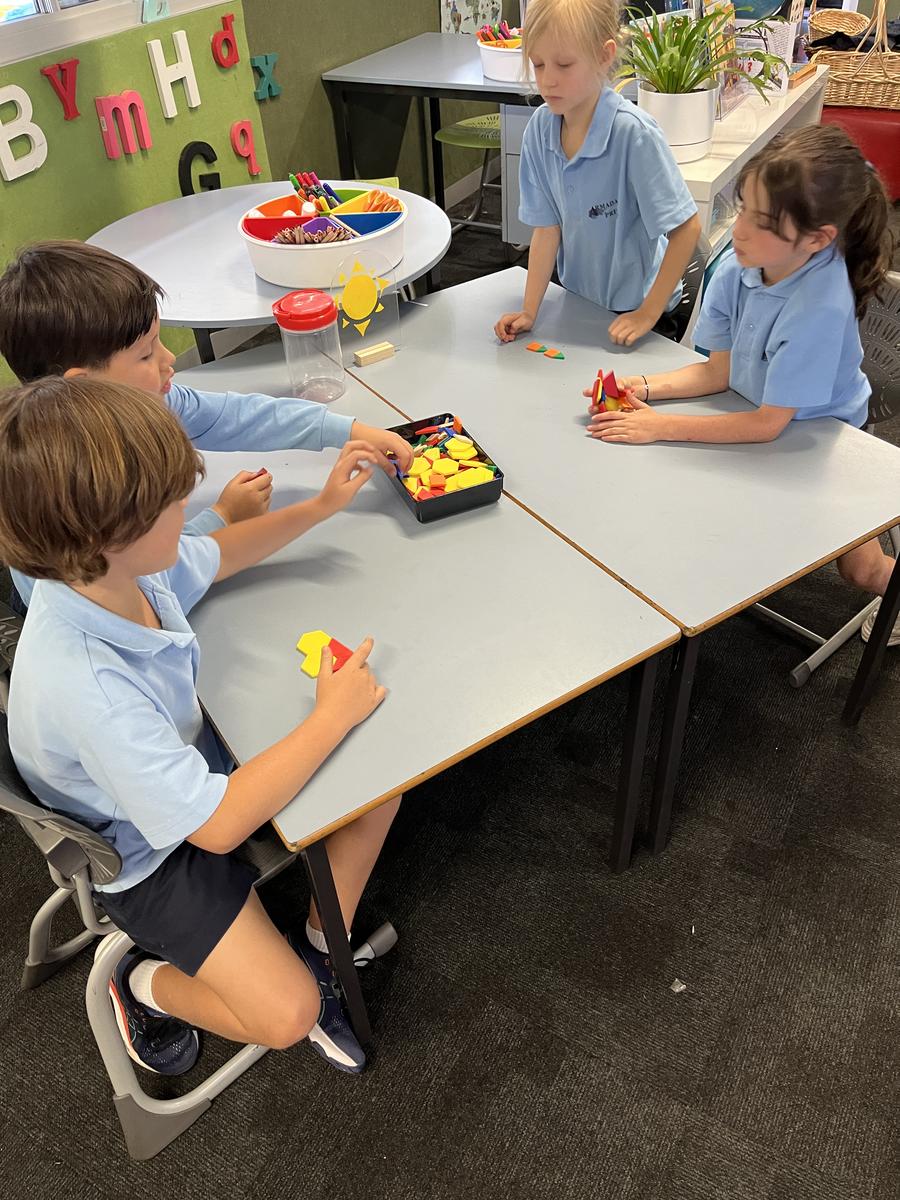
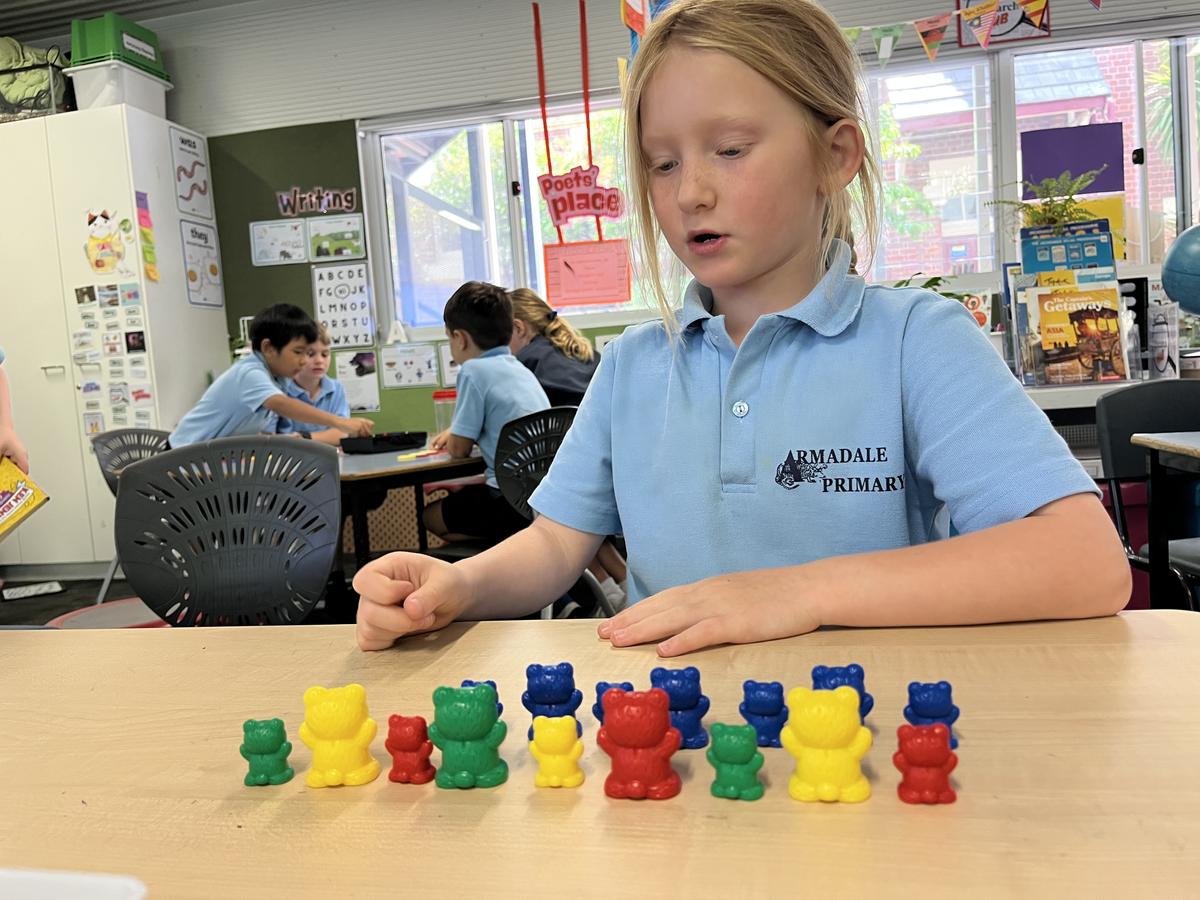






Whole
As a class, we revisited what constitutes a pattern and the forms it might take. We discussed the essential elements of a pattern and how they could be interpreted.
We made patterns with objects and explored the creation of repeated arrangements, noting that there were a variety of items to choose from, some of which could be used simply by changing their placement.
For example, coloured dominoes could be placed in portrait or landscape view.
Was it simply a colour pattern, or did counting or number values, such as with dice, change the way we read the pattern?
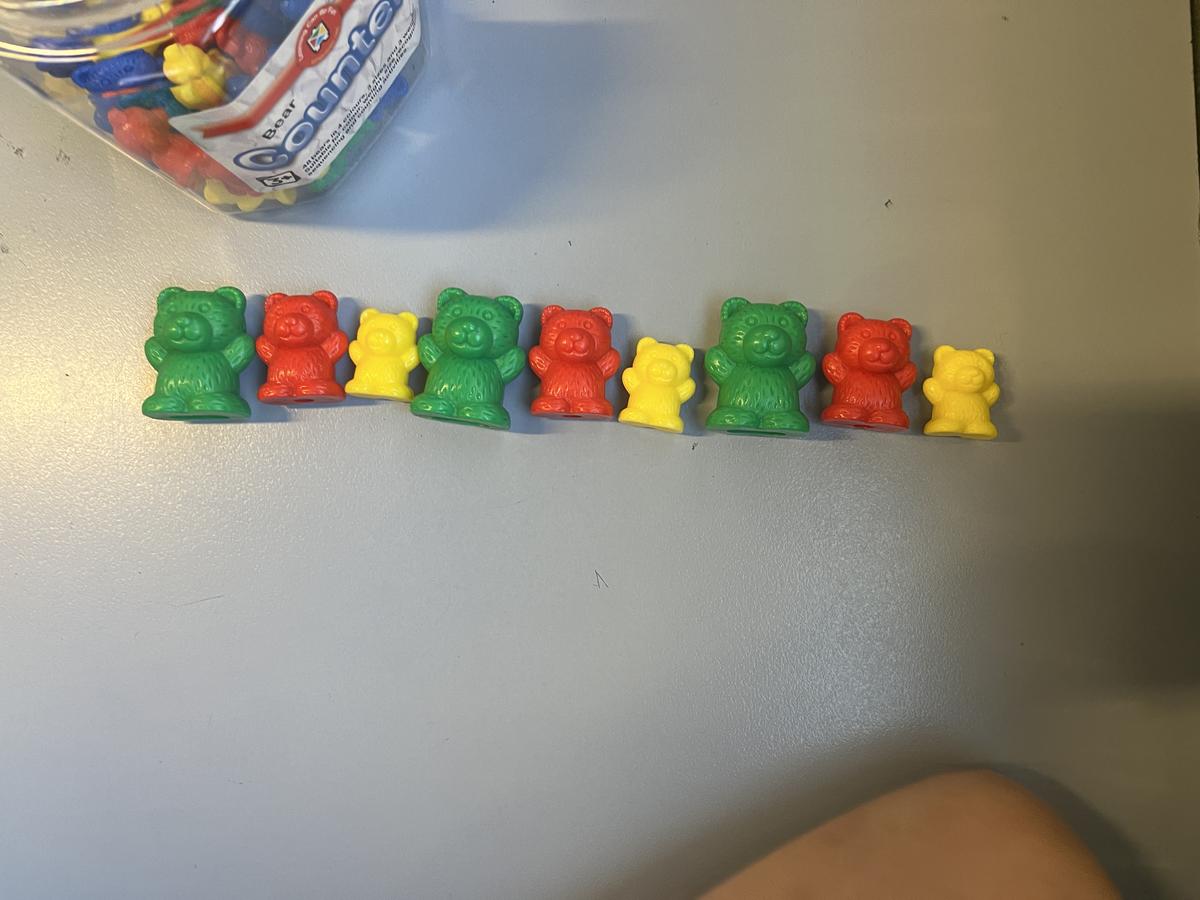
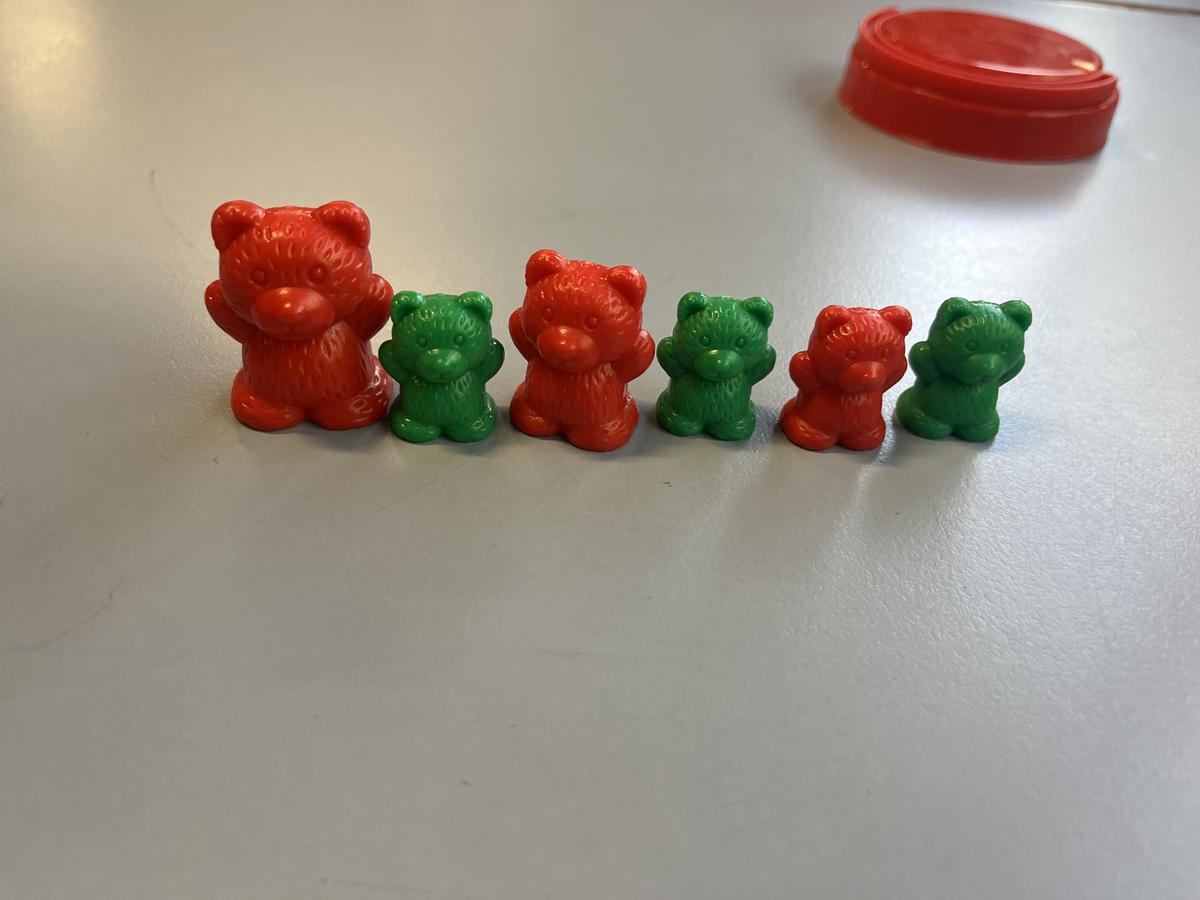
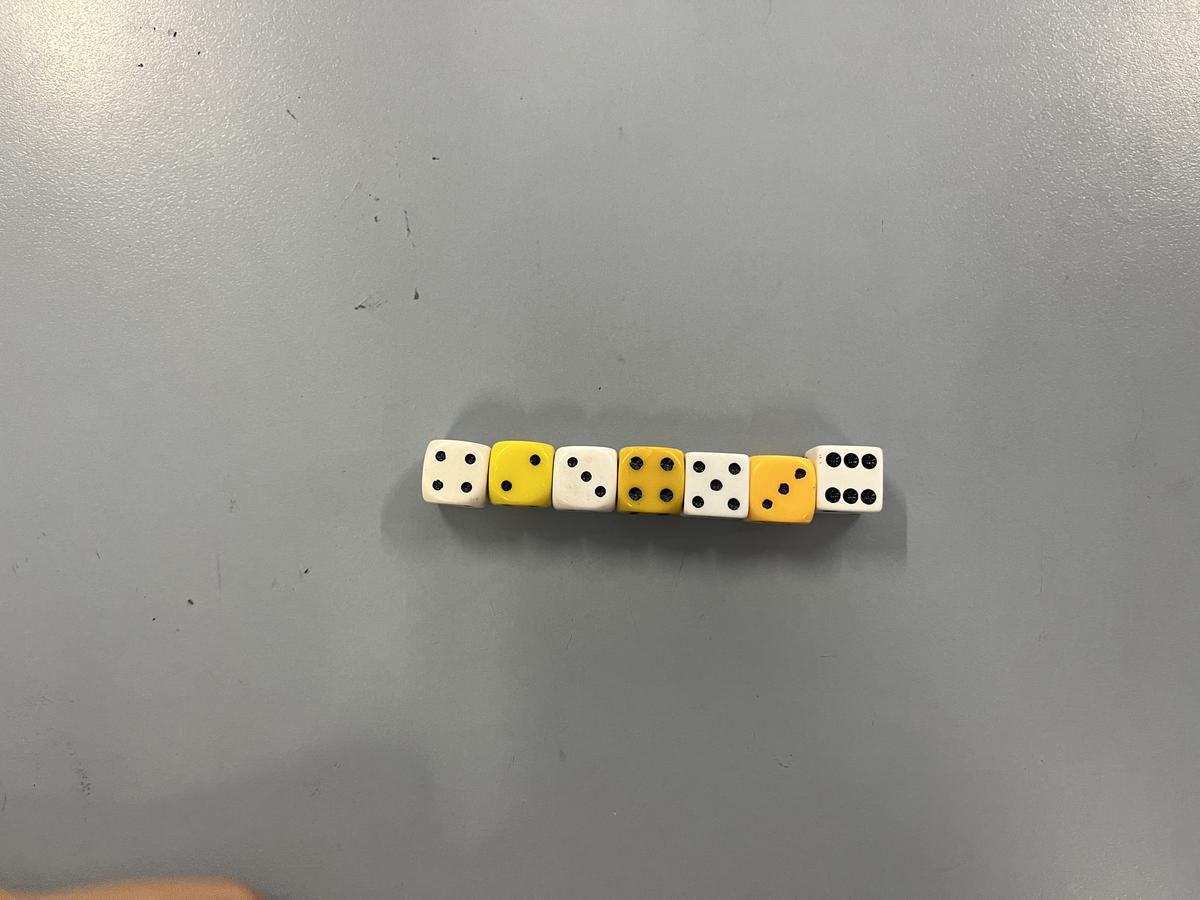
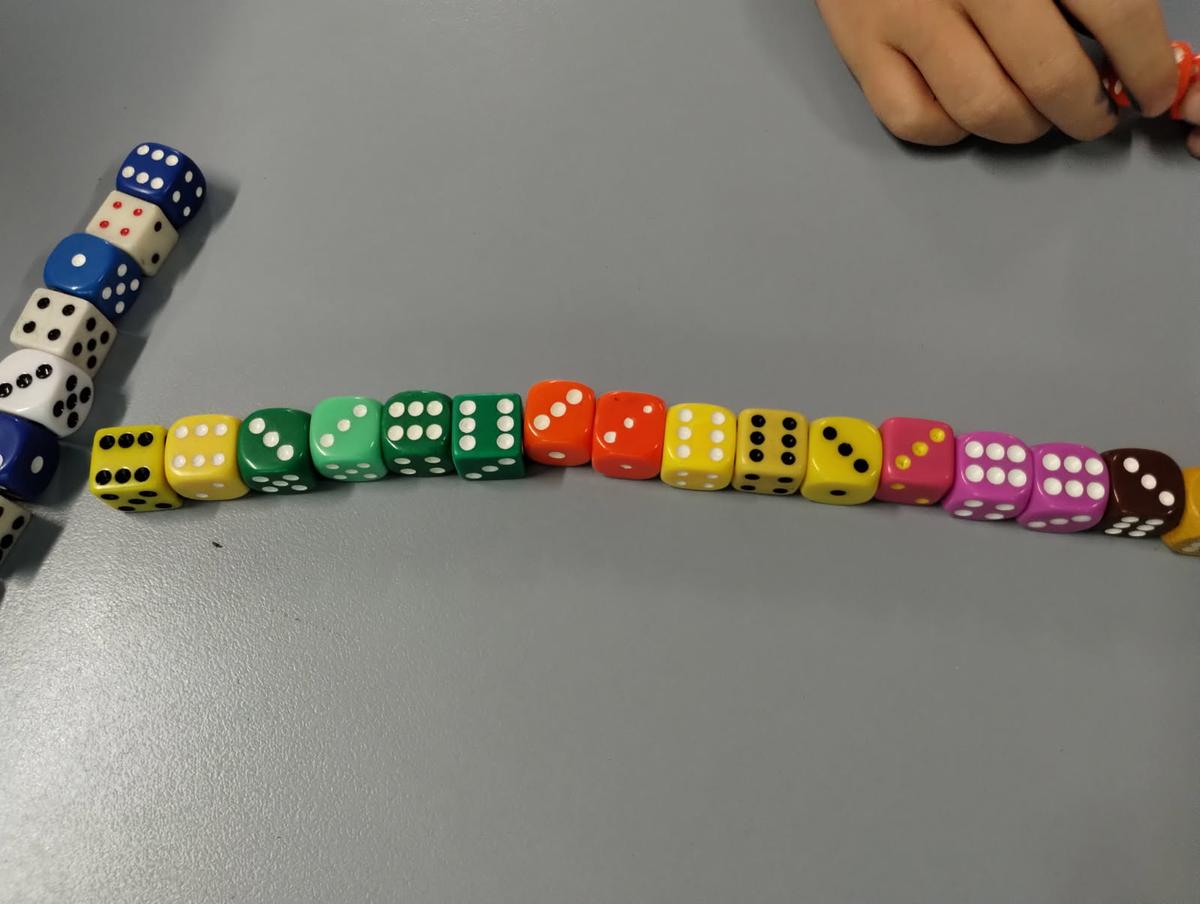




Small
Explore
On rotation, at different stations around the room, we used various concrete materials - Unifix, coloured dominoes, plastic chain links, dice, counters, bottle tops and teddies - to create patterns.
Students were then asked to identify and isolate the pattern group, draw its simple form and justify what constituted their pattern. Could it be broken down further?
If you doubled your pattern group, what do you notice?
How many objects do you have?
How many groups?
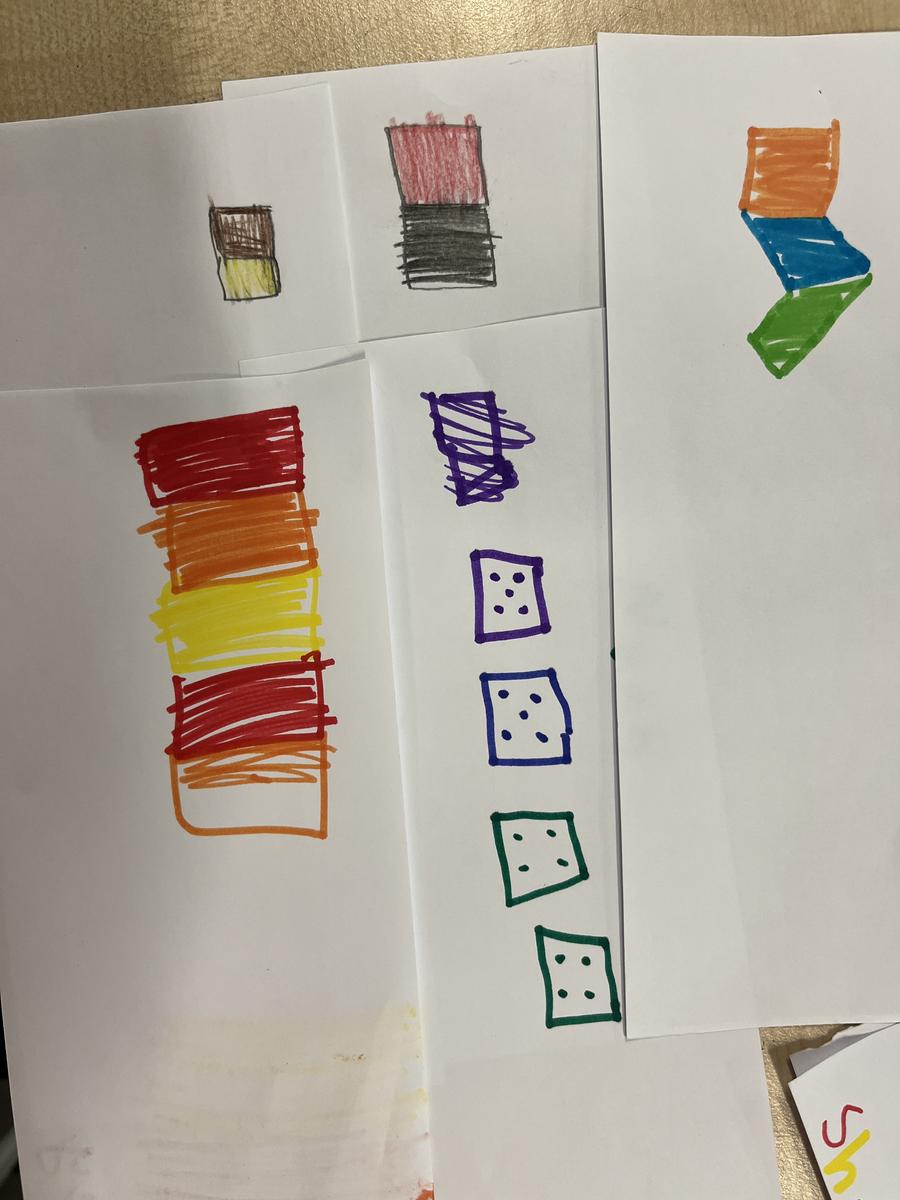

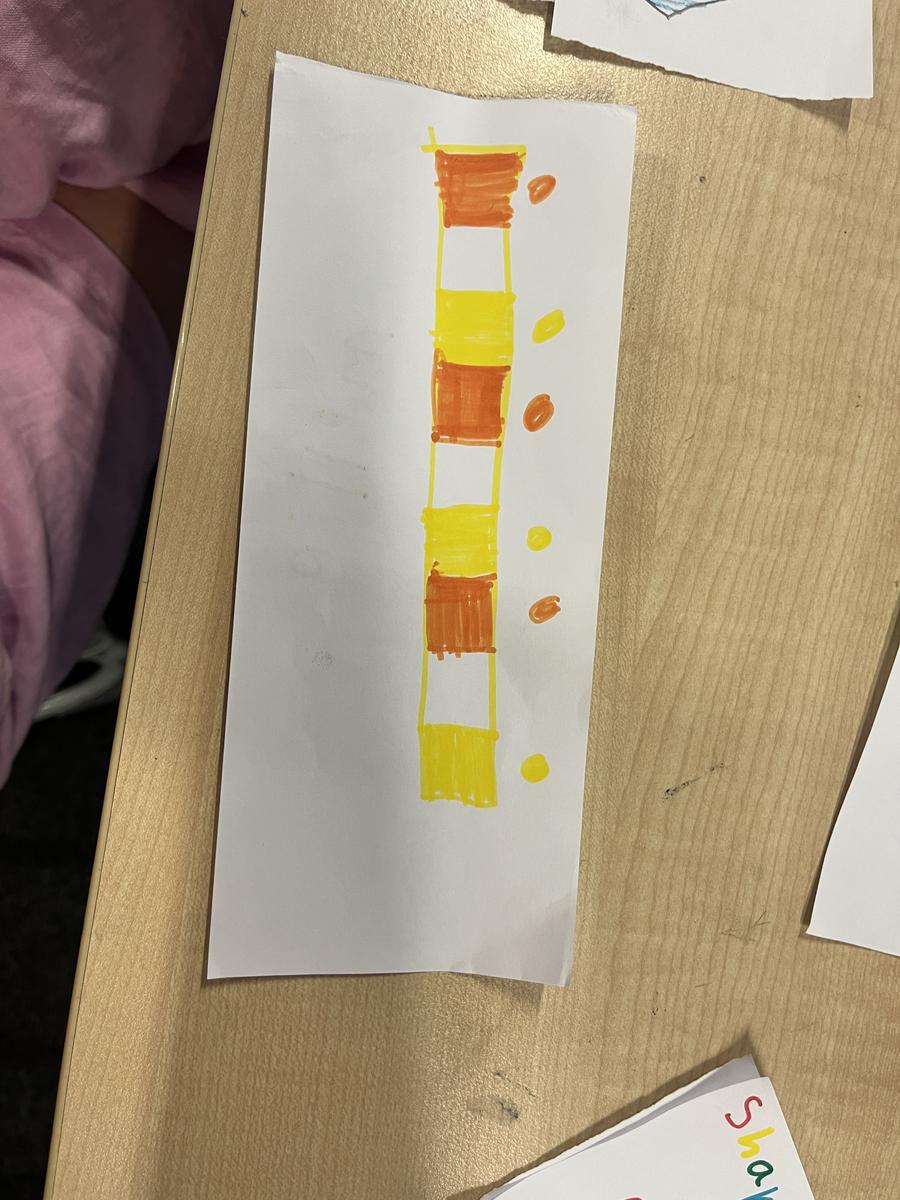
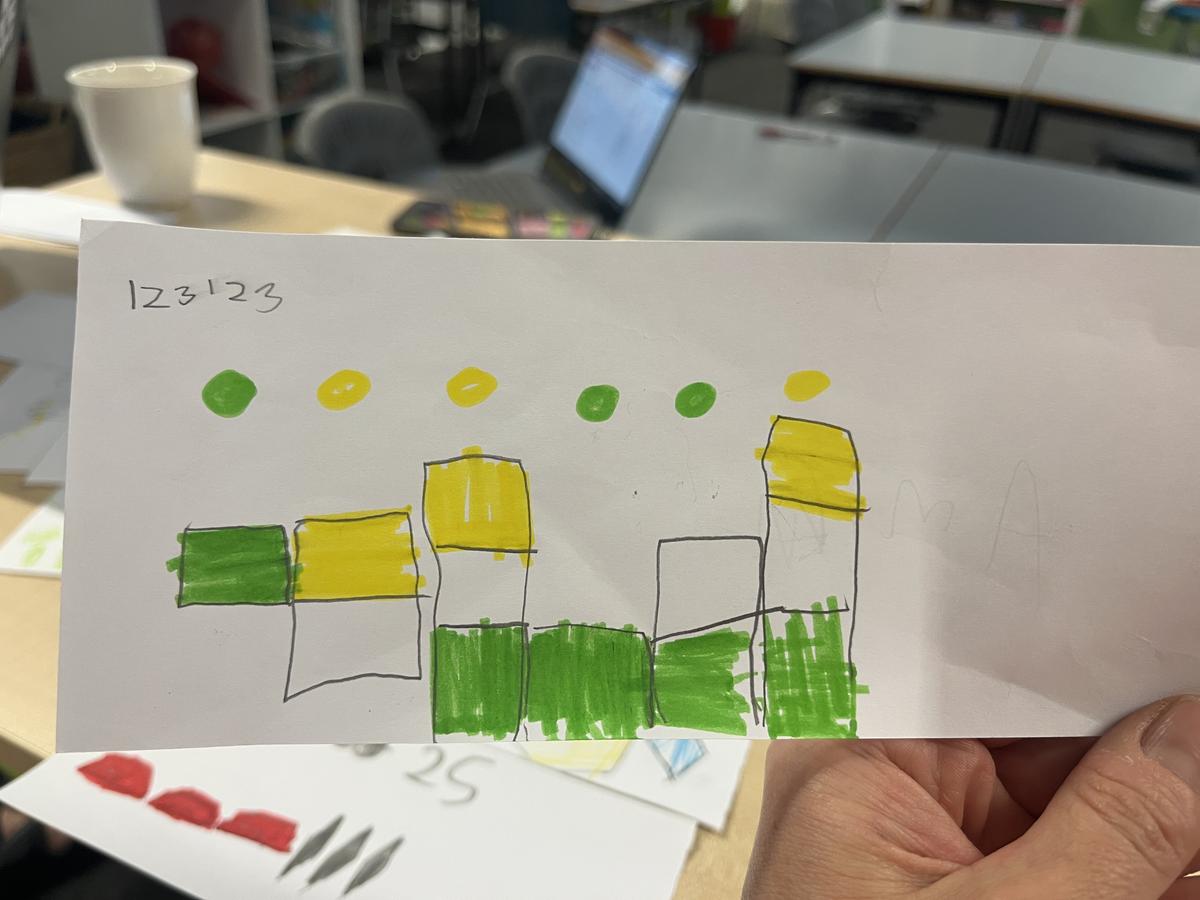
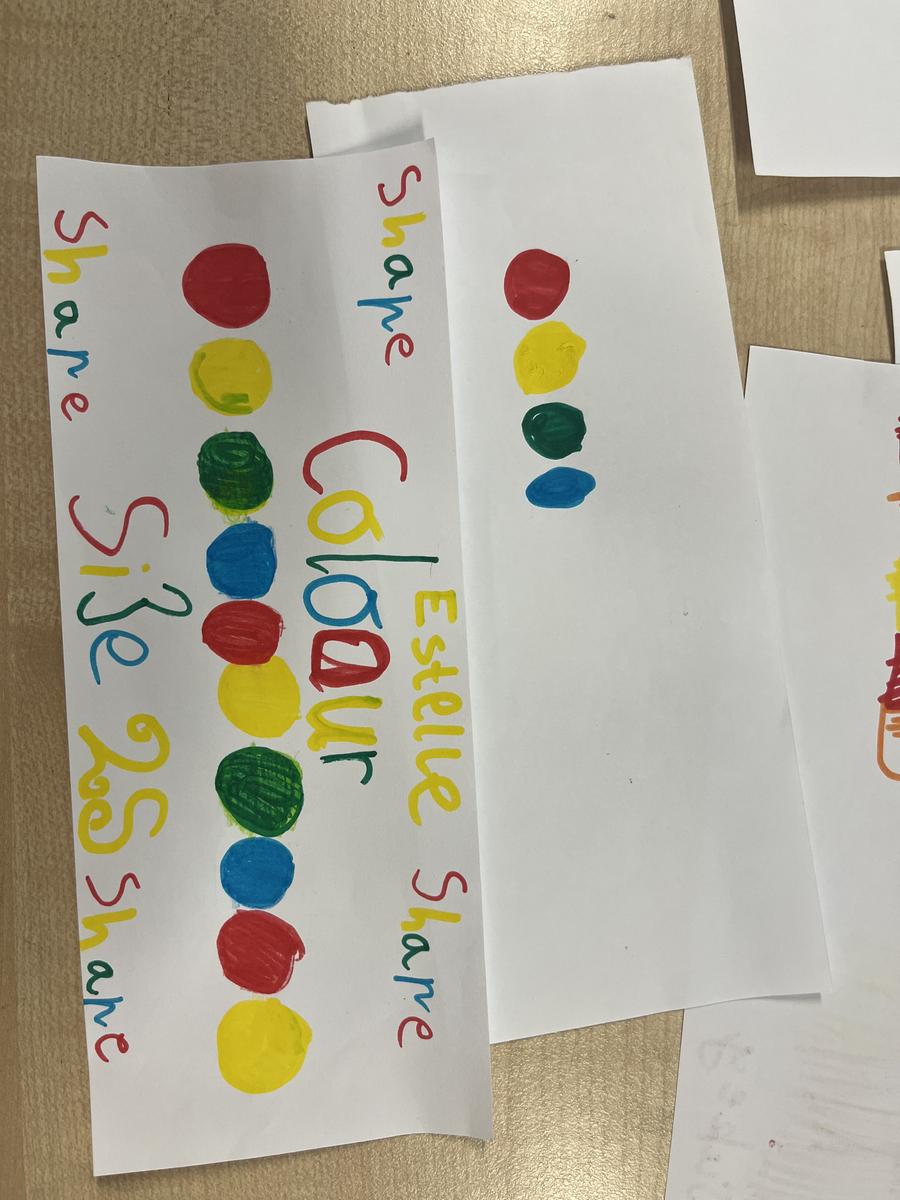
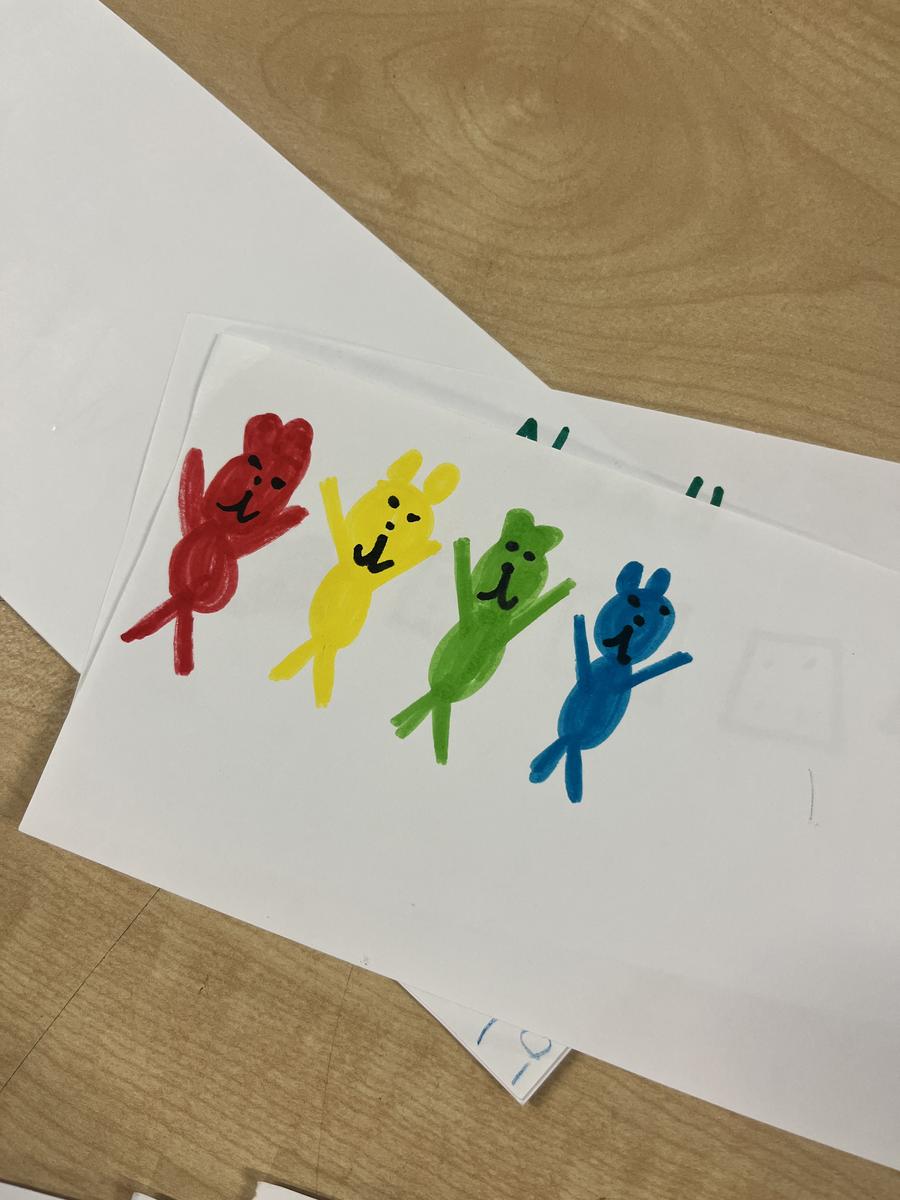
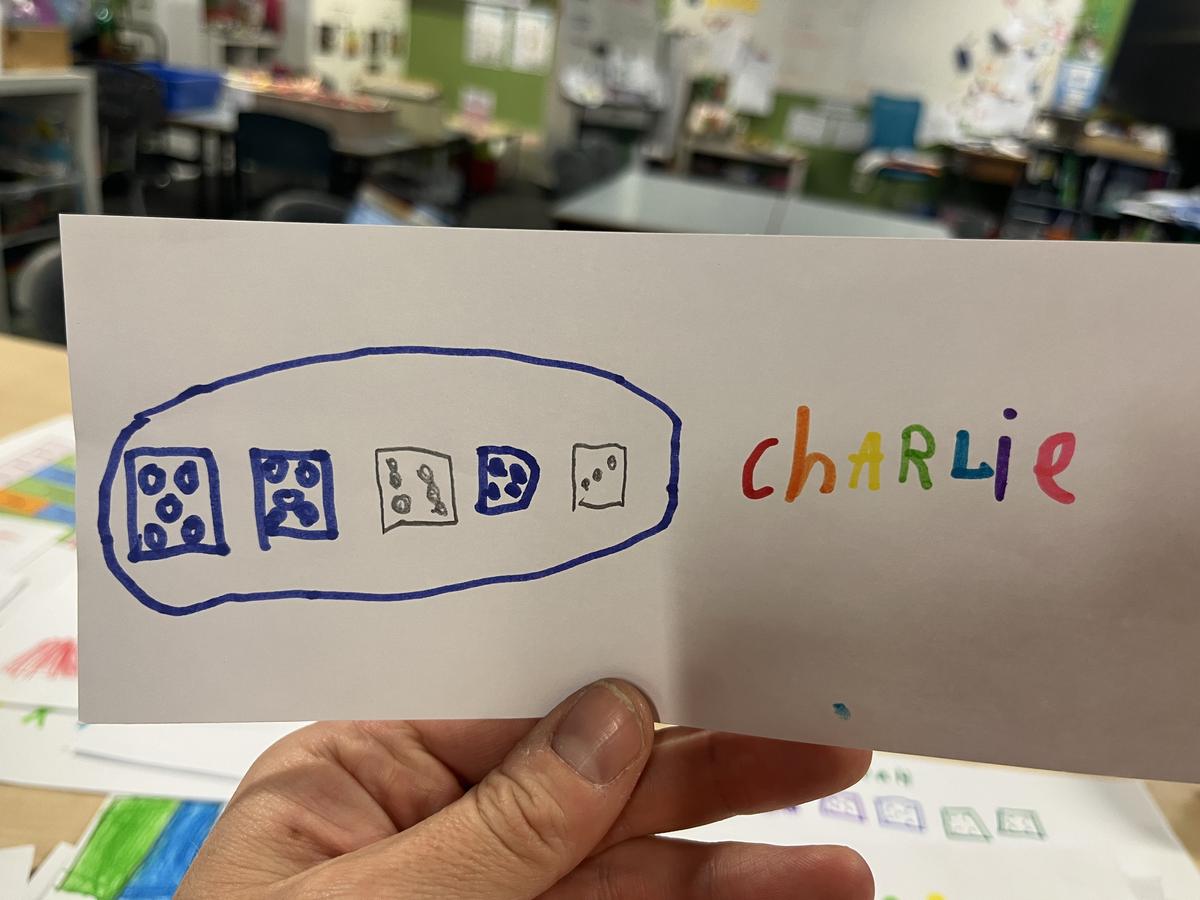
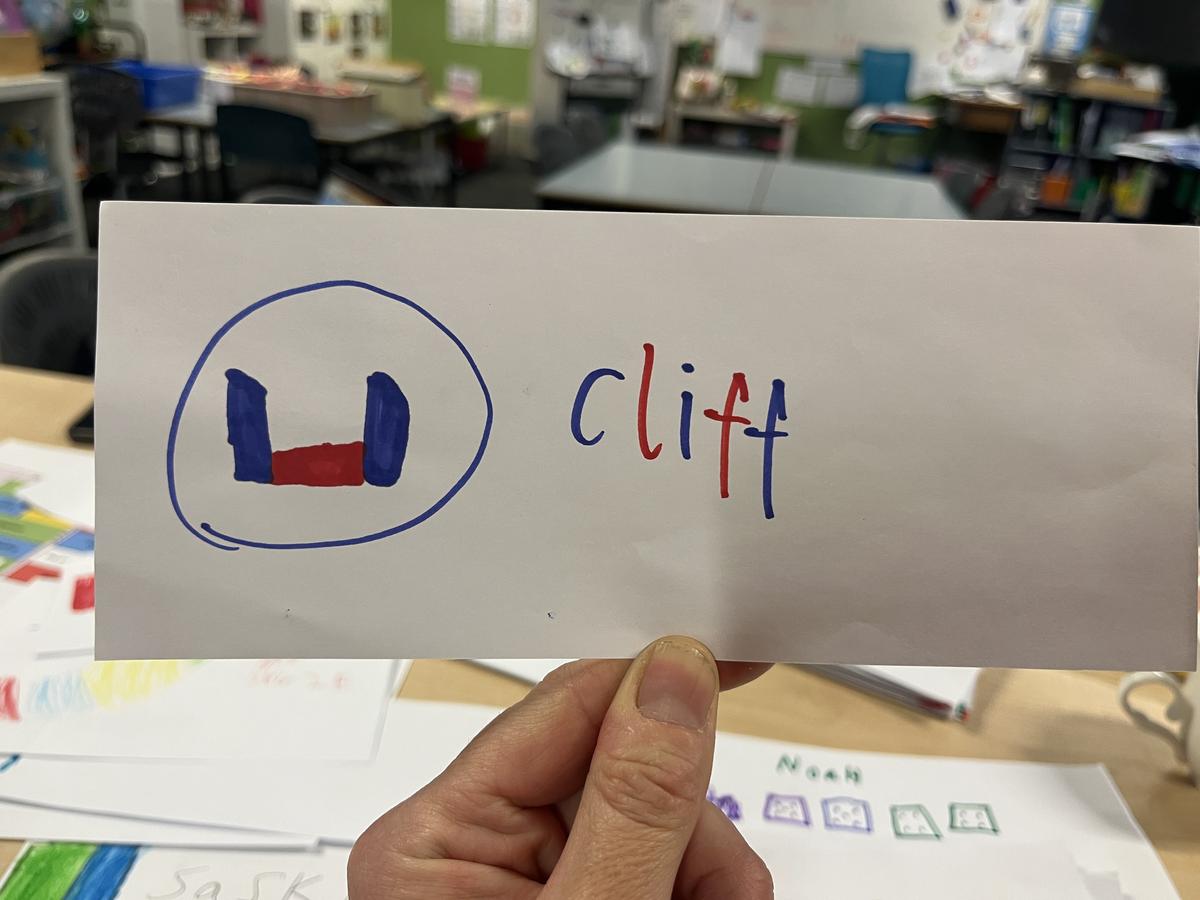






Extending Prompt
How many groups would you need to reach 36?
How did you work it out?
How can you check?
Challenge: can you make a pattern group with 7 objects?
What shape (pattern marker) is the 34th one? How did you work it out?
Enabling Prompt
Teacher assisted and prompted by collaboratively beginning the pattern, checking for understanding.
What is the 20th one? How did you know?
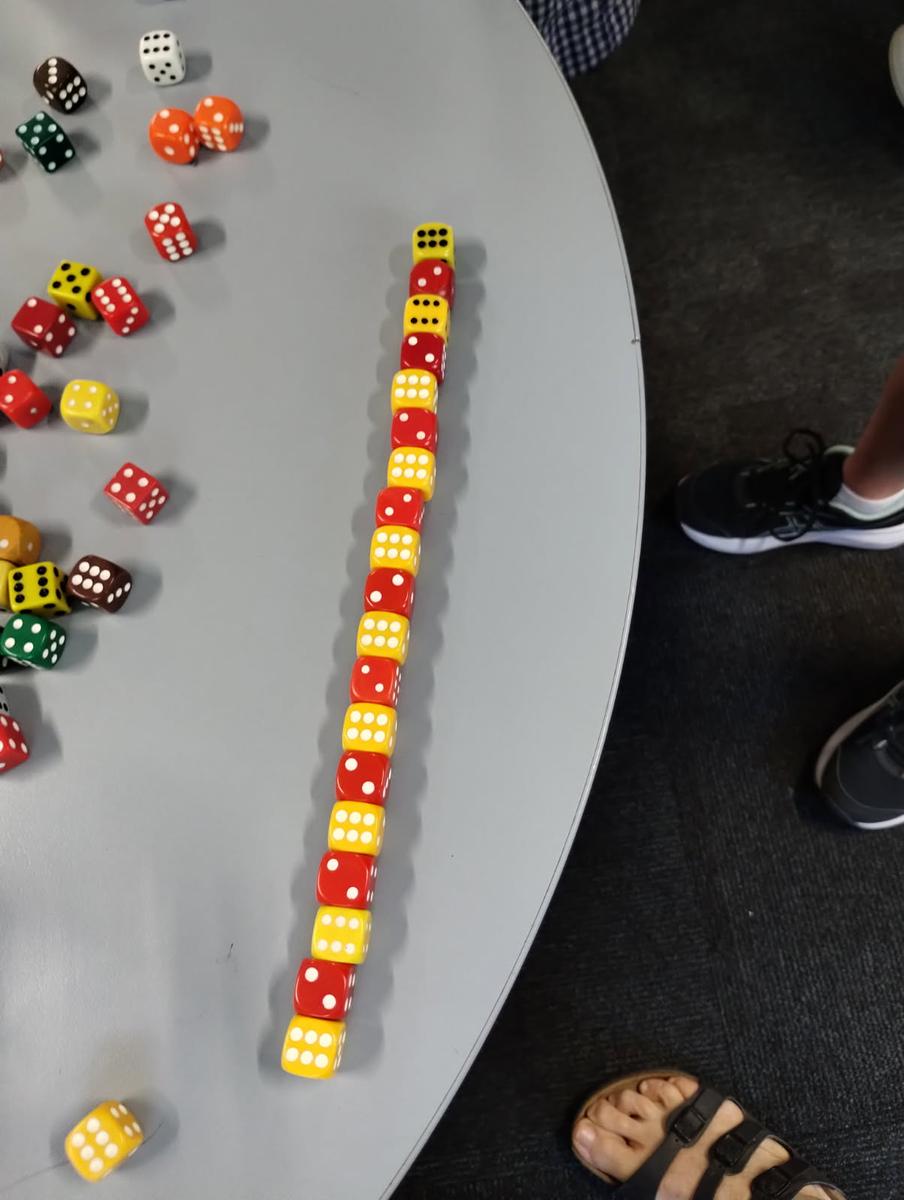
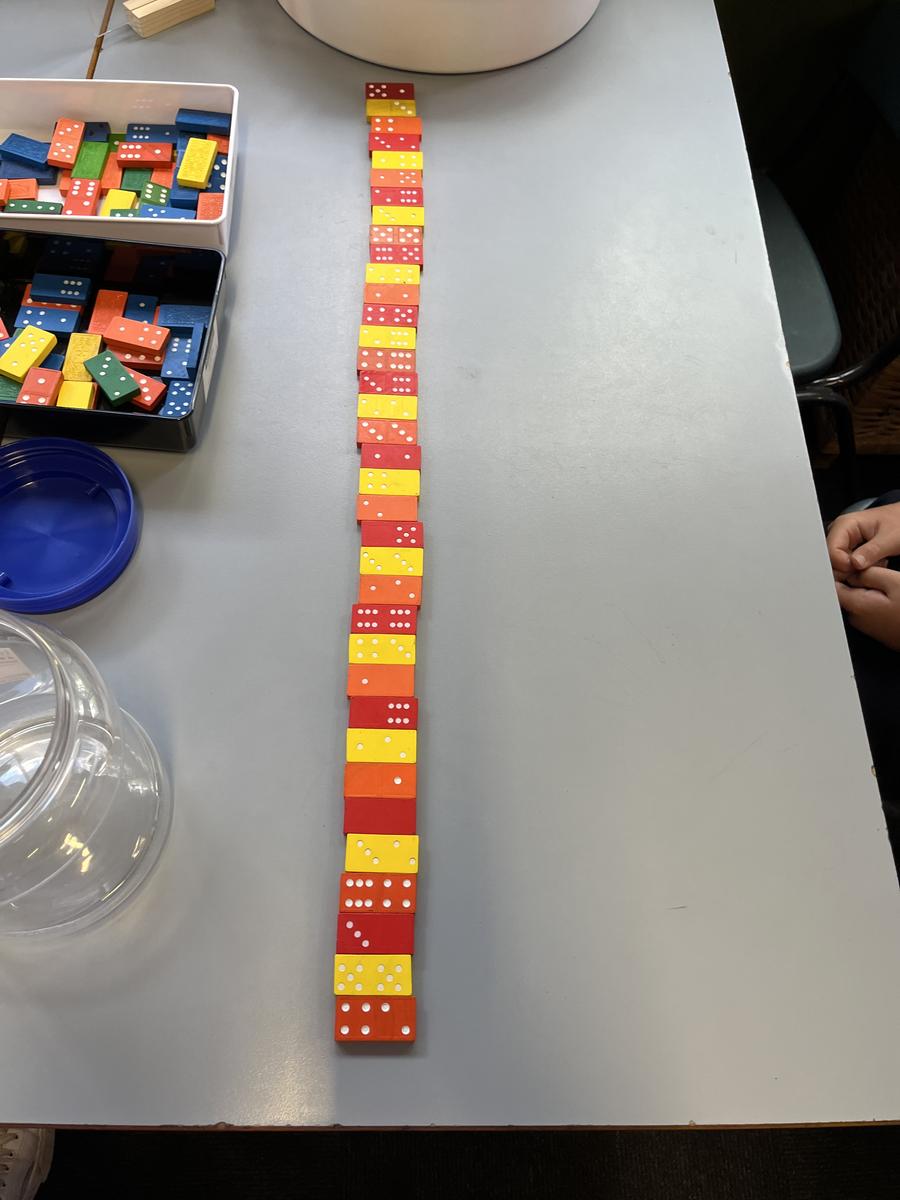
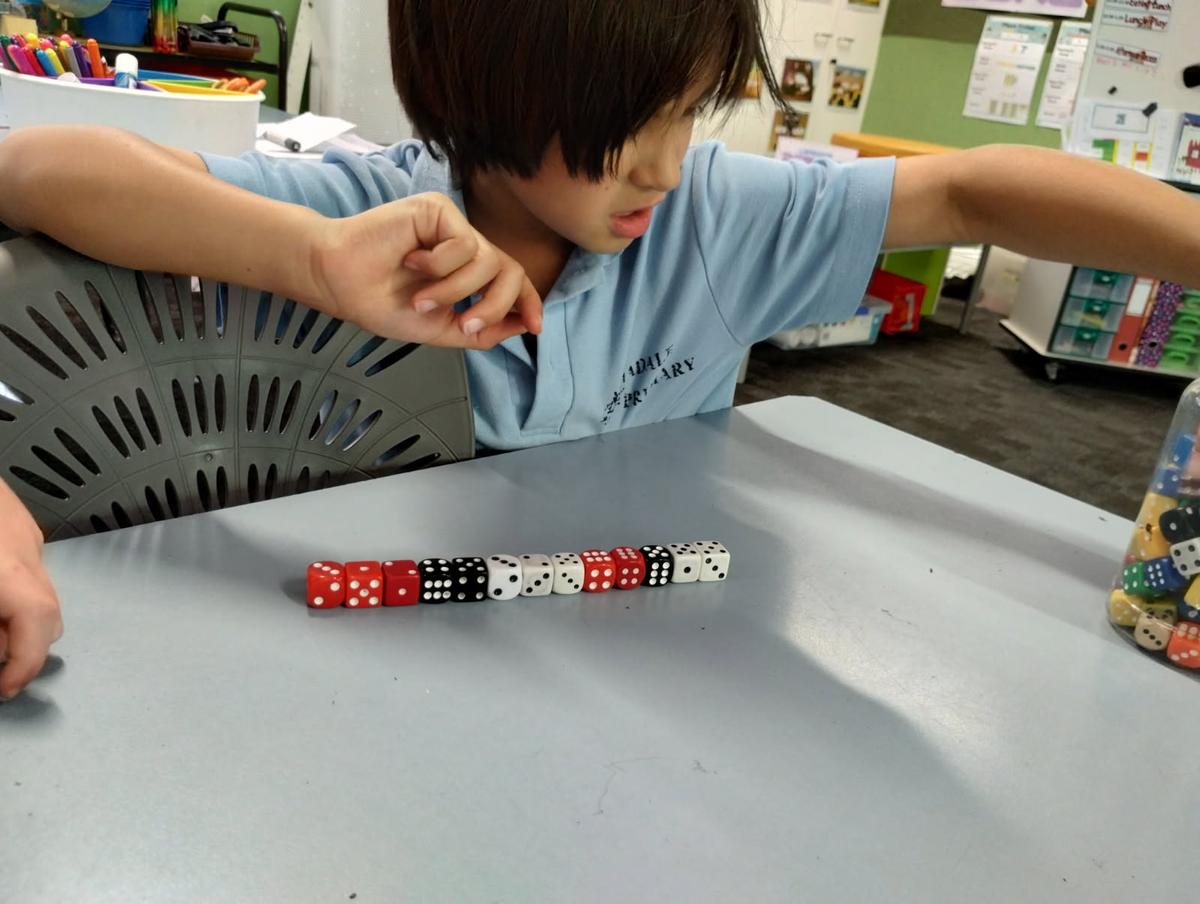
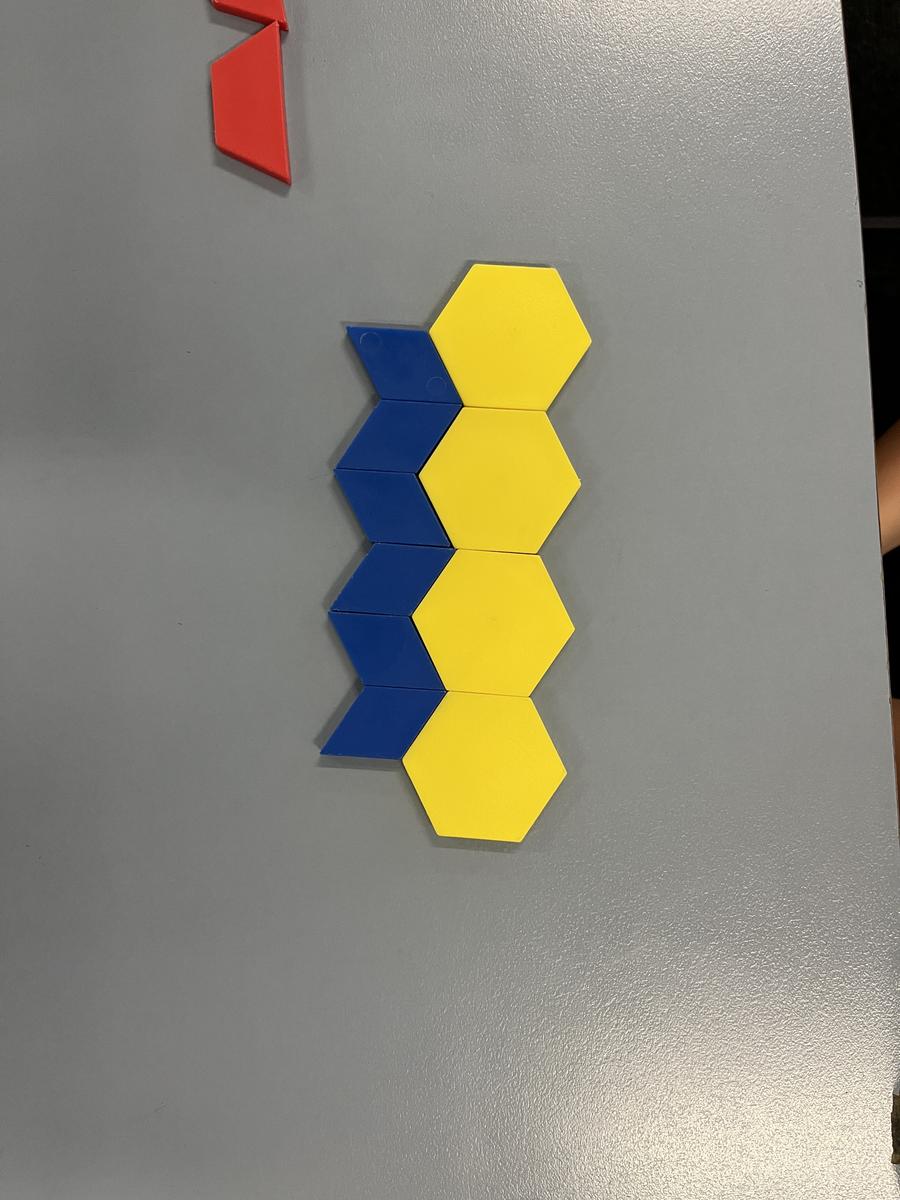




Whole
Each station shared with the rest of the class, what may have represented a successful arrangement. We agreed that the same type of object, number of those objects, and position of them, must be used repeatedly, if a pattern is to be formed.
Students demonstrated and verbalised their thinking, and conversely, they were also able to articulate what hadn't worked, and the possible reasons why.
Recognition of repetition of shape/colour/ position as representing a pattern
In this learning experience, students are working towards:
Heading towards:
What you can do now at home, to continue the learning from this experience:
Jocelyn and Steph
Year 2 Team